Hip injuries are damage to the muscles, ligaments, nerves, labrum, femur and pelvis bones or the connecting joint surfaces. Here’s a few hip conditions our practitioners are great at treating. There are different types of structures around your hip, each one with it’s own set of signs and symptoms. The first step is understanding what we’re really dealing with, then we must establish how severe it is. Most of the hip conditions and injuries we treat have more than one problem at the same time, the question is which one takes priority. Hip muscle pain is more dull ache that’s worse with movement, whereas when nerves gets involved your pain spreads down your leg as it gets worse. A fracture is more critical to attend to than the muscle tears that accompanies it. Or labrum tears are more concerning than a pinched nerve.
Understanding the scope of the problem determines the recovery and healing time, the faster you know what you’re dealing with, the faster you’ll be able to control the pain. When it comes to “wait and see”-method, take note that some hip conditions take just as long to resolve as you’ve had the pain in the first place. Rather get a accurate diagnosis sooner rather than later.
Here’s our catalogue of articles describing how our practitioners approach hip injuries. From femur fractures to thigh muscle tears. Keep in mind that most hip conditions involves a combination of damage to different structures at the same time. For example, a femur fracture always has some form of ligament sprains and muscle tears apart from the obvious crack in the bone. Neglecting these ‘less obvious’ tissue damage usually causes delayed healing or even poor recovery. When diagnosing hip pain, we determine the hierarchy of priority and focus our treatment on that.
Hip injuries
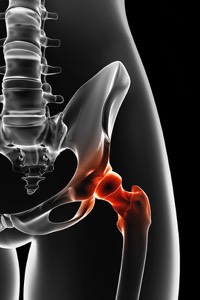
Pain arises from structures that are within the hip joint or from structures surrounding your hip. The precise location of your hip pain can provide valuable clues about the underlying cause. The hip is a complex region. It can make it difficult to distinguish if the pain is indeed coming from your hip or lower back. Read this article to discover more about the causes and treatment of hip pain.
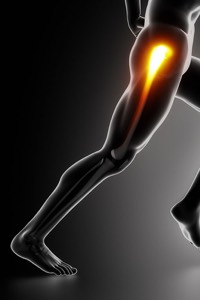
Hip Bursitis is inflammation of a fluid filled (or gel like) cushion on the head of the femur, on the outside of the hip. It mainly causes pain when lying on your side. This condition occurs when the bursa becomes irritated, compressed or infected. Hip Bursitis treatment should start as soon as possible to avoid long recovery periods.
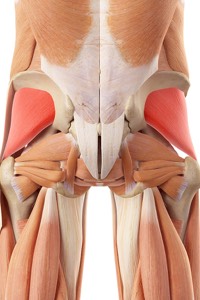
A Gluteul muscle strain involves a group of 3 muscles that form your buttocks. Each of the gluteus muscles plays its part in stabilising and moving the hip and pelvis. Any one of these muscles’ fibers can be torn if the load placed on the muscle exceeds its normal boundaries. This will cause a gluteus muscle strain. “Jumpers” are more likely to tear one of these muscles, due to the high intensity of the muscle contraction that is needed to push off out of a stretched position.
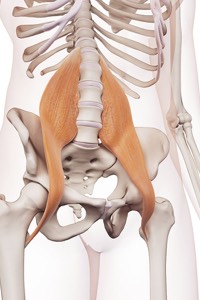
A Hip muscle strain affects any of the muscles surrounding the hip joint. Injury to the hip muscles can cause many other problems. The muscles tend to tear at the joining point between muscle, tendon and bone. Athletes who require a large range of moment in their hips are more prone to develop a hip muscle strain.We treat hip muscle strains. We are able to diagnose a hip muscle injury and/or determine what else may be causing your hip muscle pain.
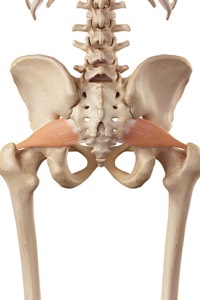
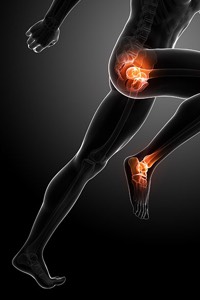
The hip joint is comprised of a ball (the head of the femur) and the socket (the acetabulum). The hard cartilage (that stabilizes the hip joint) is vulnerable to tearing during sport. Femoral acetabular impingement (FAI) is a hip condition in which the head of the femur rubs against the rim of the socket causing friction. This may ‘impinge’ or ‘pinch’, and eventually damage the labum.
Get the help you really need
Medical professionals that care about you
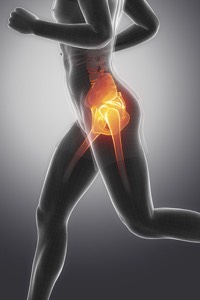
Osteoarthritis of the hip refers to the damage of cartilage covering the joint surfaces. This causes the two bones (that make up the joint) to rub against each other which may lead to pain and clicking or grating sounds. Extra bony structures (called osteophytes) may also develop around the joints. Physiotherapy is an important treatment for osteoarthritis of the hip.

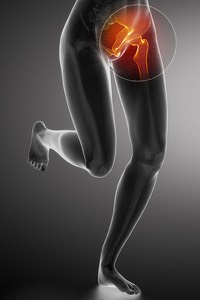
The iliacus originates in the iliac fossa on the inside of the pelvic bone. The iliacus combines with the psoas major to enter the anterior compartment of the thigh and insert via a common tendon on the lesser trochanter of the femur. The iliacus and psoas are thus collectively referred to as the iliopsoas muscle – they act synergistically to flex the thigh at the hip joint, as well as acting to cause lateral rotation of the thigh.
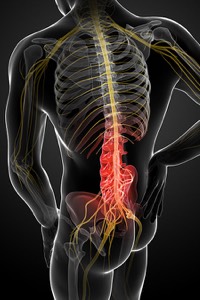
Sciatica hip pain is due to injury, damage, irritation or compression on the Sciatic nerve. Nerve pain is a very distinctive pain, unlike anything you have ever experienced – unbearable and excruciating. The Sciatic nerve is the longest nerve in your body, originating from the lower back and bundling together as it runs down your legs to your toes. The nerve branches off at points to connect to structures (e.g. muscles) as it travels downward.
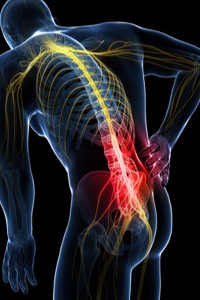
Nerves act like connection between your brain and the rest of your body. They control your body’s movement and communication e.g. feeling texture or changes in temperature. Nerve pain experienced along the Sciatic nerve is referred to as Sciatica. The Sciatic nerve is the largest single nerve in your body. It runs from each side of your lower spine, deep into your buttock, into the back of your thigh and all the way down to your toes.
Get to the root cause of your problem
Our team of experts guide you to heal


